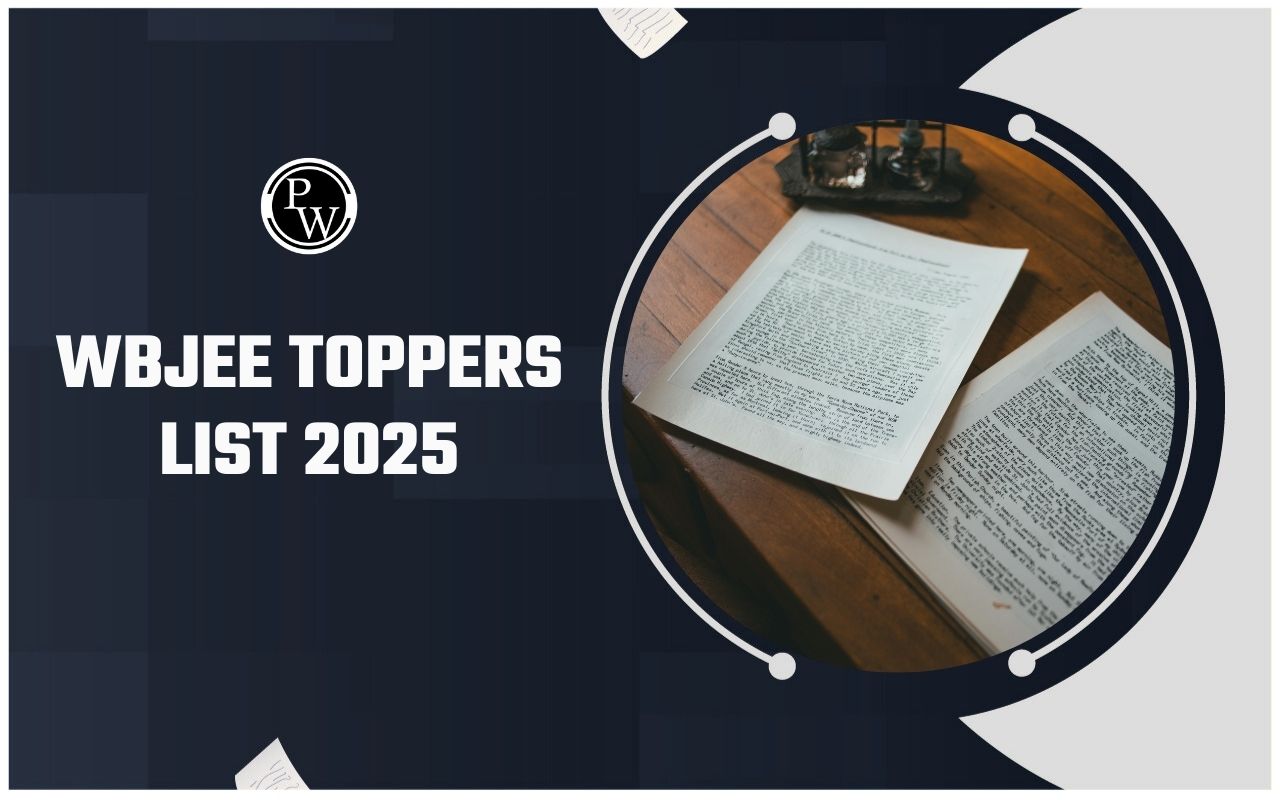
The WBJEE Class 12 Chemistry Mind Maps provide a concise and visual overview of key concepts, aligning with the latest exam pattern and syllabus. These mind maps help students understand complex topics easily, making revision faster and more effective. Designed to complement regular study, they highlight important formulas, reactions, and concepts likely to appear in the exam. Using mind maps along with previous year papers enhances preparation by identifying frequently asked questions and important chapters.
These tools are ideal for quick revision before the WBJEE exam and support better retention of critical information, leading to higher scores in Chemistry.
WBJEE Class 12 Chemistry Mind Maps
Check below for the WBJEE Class 12 Chemistry Mind Maps, designed to help students grasp key concepts quickly and efficiently. These mind maps are based on the latest WBJEE 2025 exam pattern and WBJEE Syllabus, making them perfect for revision. They also complement preparation with previous year papers by highlighting important topics and frequently asked questions in Chemistry.
|
WBJEE Class 12 Chemistry Mind Maps |
|
|
Topic |
Download PDF Link |
|
Chemical Kinetics |
|
|
Biomolecules |
|
|
Polymers |
|
Detailed Overview of WBJEE Class 12 Chemistry Mind Maps
Here’s a brief overview of the chapters Chemical Kinetics, Biomolecules, and Polymers, suitable for quick revision or introductory understanding:
Chemical Kinetics
Chemical kinetics deals with the rate of chemical reactions and the factors affecting them. It studies reaction rate laws, order of reaction, and the rate constant. Key concepts include collision theory, activation energy, and Arrhenius equation. The chapter also covers integrated rate laws for zero, first, and second-order reactions. Practical applications include catalysts and temperature effects on reaction speed.
Biomolecules
Biomolecules are organic compounds essential for life, including carbohydrates, proteins, nucleic acids, and lipids. This chapter focuses on their structure, classification, and biological functions. It explains monosaccharides, disaccharides, and polysaccharides, as well as amino acids and enzymes. Nucleic acids like DNA and RNA are also discussed. Concepts such as glycosidic linkage, peptide bonds, and enzyme action are key highlights.
Polymers
Polymers are large macromolecules formed by repeated units called monomers. This chapter covers addition and condensation polymerisation, and classification based on origin (natural, synthetic). Examples include polyethylene, nylon, bakelite, and rubber. It explains the differences between thermoplastics and thermosetting plastics, and their industrial significance. Understanding copolymers and biodegradable polymers is also crucial.
Benefits of Using WBJEE Class 12 Chemistry Mind Maps
Here are the Benefits of Using WBJEE Class 12 Chemistry Mind Maps:
- Quick Revision Tool
Mind maps help in summarizing complex topics like Organic, Inorganic, and Physical Chemistry for faster last-minute revision. - Concept Clarity
They visually organize formulas, reactions, and mechanisms, making it easier to understand and retain key concepts. - Improves Memory Retention
The visual structure supports long-term memory by linking related concepts in a diagrammatic form. - Time-Saving in Exam Preparation
Instead of going through lengthy chapters, students can refer to mind maps to recall major points efficiently. - Boosts Analytical Thinking
Helps students develop connections between different topics, which is crucial for solving application-based WBJEE Previous Year Question Papers. - Reduces Stress and Overload
With neatly arranged information, mind maps reduce the cognitive load, making learning more organized and stress-free.
WBJEE Class 12 Chemistry Mind Maps FAQs
What are Chemistry mind maps for WBJEE Class 12?
Are these mind maps based on the latest exam pattern?
Can I use these mind maps for last-minute revision?
Do these cover all the important Chemistry chapters?










